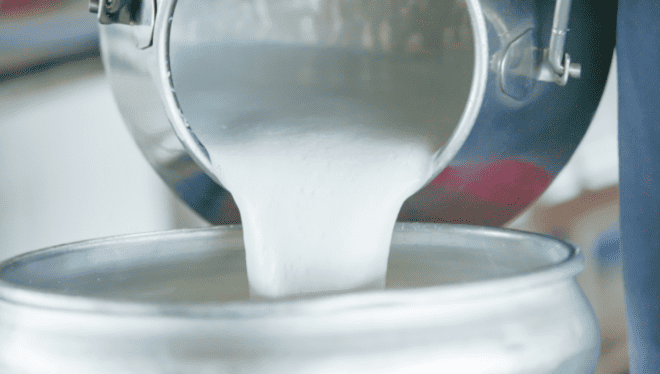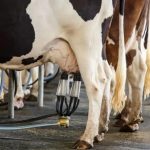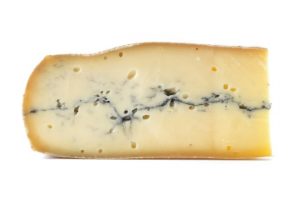
From 2020 to 2022, the Chemical and Veterinary Investigation Office (CVUA) in Stuttgart tested 54 raw milk samples from vending machines for a range of agents.
Parameters examined included somatic cell count, total germ count, spoilage organisms, hygiene indicator germs such as Enterobacteriaceae and E. coli, and pathogens like Salmonella, Listeria, Campylobacter, and Shiga toxin-producing E. coli (STEC).
The sale of raw milk is mostly prohibited but it can be sold directly on the farm via self-service vending machines. The producers should put up notices telling the consumers to boil raw milk before consumption.
Some findings were positive as 30 samples were compliant but 24 had issues. Results highlight the importance of regular cleaning of milking machines, pipes, and tanks at dairy farms, said scientists. Insufficient cooling can also lead to contamination of raw milk.
A total of 52 samples were analyzed for Pseudomonas and 16 had a germ content above 104 Colony Forming Units per milliliter (CFU/mL). Enterobacteriaceae was examined in 53 samples and in 13 it was above 103 CFU/mL. Finding Pseudomonas and Enterobacteriaceae can indicate that the milk vending machine or equipment has not been properly cleaned, said scientists.
In total, 53 samples were examined for indicator E. coli and five were above 102 CFU/mL.
Salmonella and Campylobacter were not found in any tests. STEC was detected in seven samples. Three were positive for Listeria monocytogenes. Two of these were below 10 CFU/g but the other positive was at higher levels.
Detection of pathogens can indicate hygiene deficiencies in the collection and handling of raw milk. It also shows the need to check the effectiveness of preventive measures and to initiate ways to improve hygiene at dairy farms, said scientists.
They added that positive results for Listeria and STEC make it clear there is a need to have a boiling notice on raw milk vending machines for self-service. At-risk groups, such as small children, pregnant women, the elderly, and sick people are advised not to drink raw milk without boiling it first.
Wider work in 2022
In a different analysis as part of work in 2022, the four CVUAs in the state of Baden-Württemberg detected STEC in four of 44 raw milk samples.
After drinking raw milk on a farm, a child with Hemolytic Uremic Syndrome (HUS) had to be treated in intensive care. Lab testing isolated STEC from the raw milk aggregate sample of the dairy cow herd, but it could not be matched with the patient isolate provided by the hospital.
Samples sent to a lab in Stuttgart in Baden-Württemberg due to foodborne illness investigations increased compared to 2021. In 2022, 765 samples linked to 297 incidents were processed in connection with suspected food-related illnesses. The number of samples is higher than in 2021 and 2020 but below 2019 levels.
In tested food samples at the four labs, a range of Salmonella types were found including Agona, Amsterdam, Bardo, Chester, Coeln, Derby, Enteritidis, Havana, Infantis, Kintambo, Kottbus, Mbandaka, Newport, Orion, Paratyphi, Senftenberg, Typhimurium, and Virchow.
In one incident, Salmonella infections occurred in several young women this past year. Salmonella Mbandaka and Salmonella Chester were identified and epidemiological investigations led to an Asian restaurant as the suspected place of illness. Lab analysis detected Salmonella Chester and Salmonella Mbandaka in spring onions and a type of mushroom.
A global Salmonella outbreak was revealed at the end of 2021 linked to sesame products such as halva and tahini from Syria. As part of a special program in 2022, German officials examined 69 samples of halva and 60 of tahini. A total of 11 tahini and five halva samples were Salmonella positive. Salmonella Amsterdam, Senftenberg, Havana, Kintambo, and Orion were identified.
A case of Bacillus cereus intoxication was traced to a restaurant that admitted to preparing mushrooms and then keeping them warm until use. Two people fell ill due to Staphylococcus aureus after eating goat’s cheese from a local market. Tuna which had not been correctly refrigerated was also behind several histamine cases at a restaurant.






















